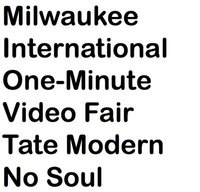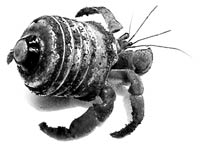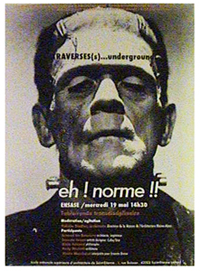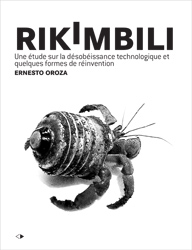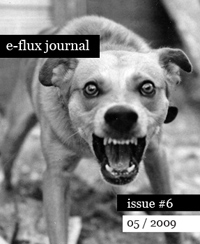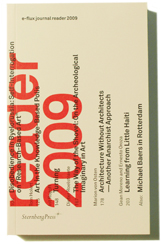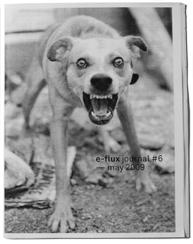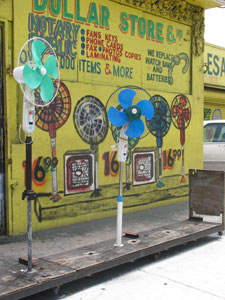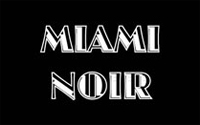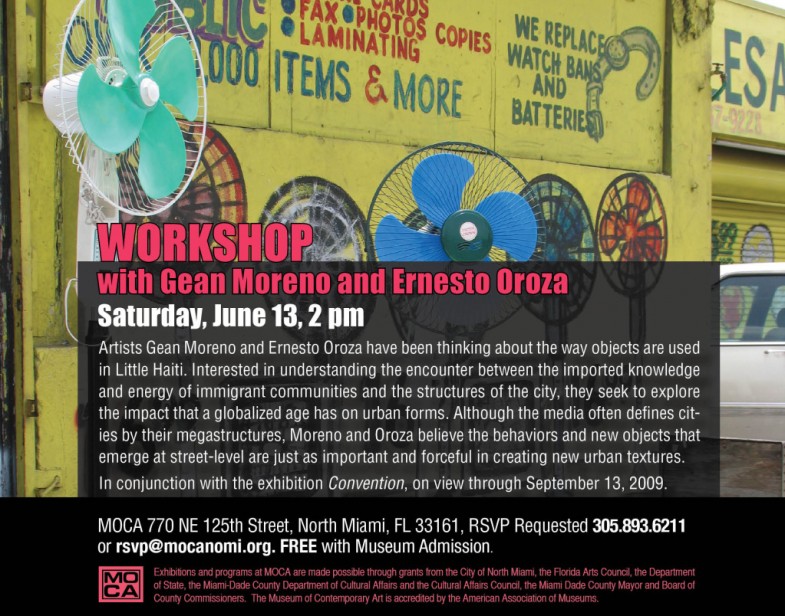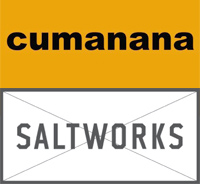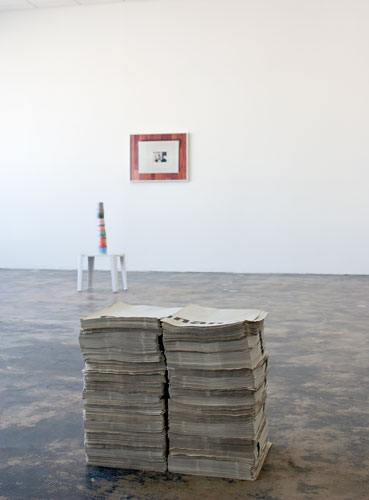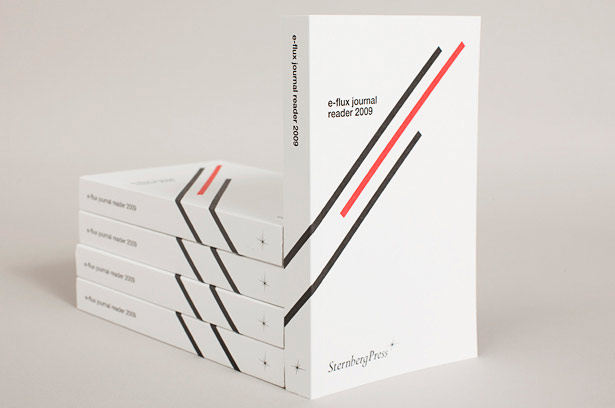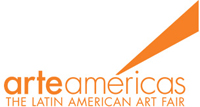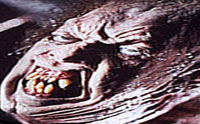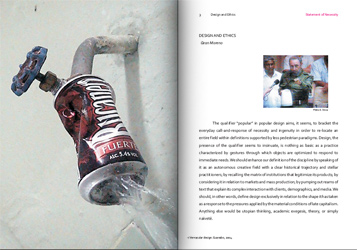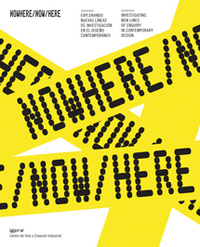Milwaukee International
One-Minute Video Fair Tate Modern No Soul
featuring:
Stephanie Barber • Peter Barrickman • Chelsea Beck • Jennifer Bolande • Sara Clendening • Club Nutz • Brad Fischer • Nicholas Frank • Jack Goldstein • Amy Granat & Emily Sundblad • Naotaka Hiro • Jessica Jackson Hutchins • Stefan Lenhart • Joanna Malinowska • Josh Mannis • Shana Moulton • Ernesto Oroza • Will Pergl • Jefferson Pinder • Scott Reeder • Emanuel Rossetti • James Sham • Chris Smith • Kristina Solomoukha • Ben Stone • Spencer Sweeney • Oliver Sweet • Nico Vascellari • W@n • Steve Wetzel • Samuel Williams • Robert Wilson • Ma Youngfeng • Phillip Zach
No Soul For Sale Festival of Independents
Tate Modern ? London ? 16 May 2010
Milwaukee International
Tate Modern • Starr Auditorium
16 MAY 2010 • 16.00 – 16.30
30 videos 30 minutes
PROGRAM
Jack Goldstein, “MGM” (thank you)
Peter Barrickman, “Krickets” (Green Gallery, Milwaukee)
Spencer Sweeney, “Is This Thing On,”excerpt (Gavin Brown’s Enterprise, New York)
Chelsea Beck, “Golden Boots” excerpt (Contemporary Arts Museum Houston)
Brad Fischer, “Siren” (Small Space, Milwaukee)
Steve Wetzel (Green Gallery/Inova, Milwaukee)
Stephanie Barber, “HOME” (Inova, Milwaukee)
Robert Wilson, “A Moment In Time” (Dan Ollman, Milwaukee)
Ma Youngfeng, “The Swirl” (Inova, Milwaukee)
James Sham, “Mission: Goodwill Towards Men” excerpt (Contemporary Arts Museum Houston)
Nico Vascellari, “untitled song” (Hilary Crisp London/Los Angeles)
Kristina Solomoukha, “Christmas Trip” (Inova/Green Gallery Milwaukee)
Nicholas Frank, “Rock Faces” (Green Gallery, Milwaukee)
Naotaka Hiro, “Night Fog, Yellow Volcano” (Misako Rosen, Tokyo)
Emanuel Rossetti, “Columns with Pattern for Thomas Sauter I” (Karma International, Zurich)
Josh Mannis, “Variations” (Thomas Solomon Gallery, Los Angeles)
Amy Granat & Emily Sundblad, “Drunk” (Green Gallery, Milwaukee)
Jessica Jackson Hutchins, “Children of the Sunshine” (Derek Eller/Laurel Gitlen, New York)
Oliver Sweet, “Technosnake Experience” (John Riepenhoff Experience, Milwaukee)
Stefan Lenhart, “Name It” (Tanzschule, Munich)
Ernesto Oroza, “Bertoia Chair” (Espacio Provisional, Havana/Miami)
Jefferson Pinder, “Invisible Man” (Inova, Milwaukee)
Will Pergl, “Rock” (Milwaukee Institute of Art & Design)
Jennifer Bolande, “Spin Cycle” excerpt (Inova, Milwaukee)
Shana Moulton, “Mountain Where Everything Upside Down” (Milwaukee International)
Club Nutz Classicks vol. 85 (Club Nutz, Milwaukee)
Ben Stone, “Bernie Circuits” (Club Nutz, Milwaukee)
Jack Goldstein, “MGM”
Milwaukee International is a guest of The Suburban
thank you to all participants
special thanks to Brad Killam and Michelle Grabner
Starr Auditorium
Sunday, 16 May 2010
16.00 – 16.30
30 videos 30 minutes
